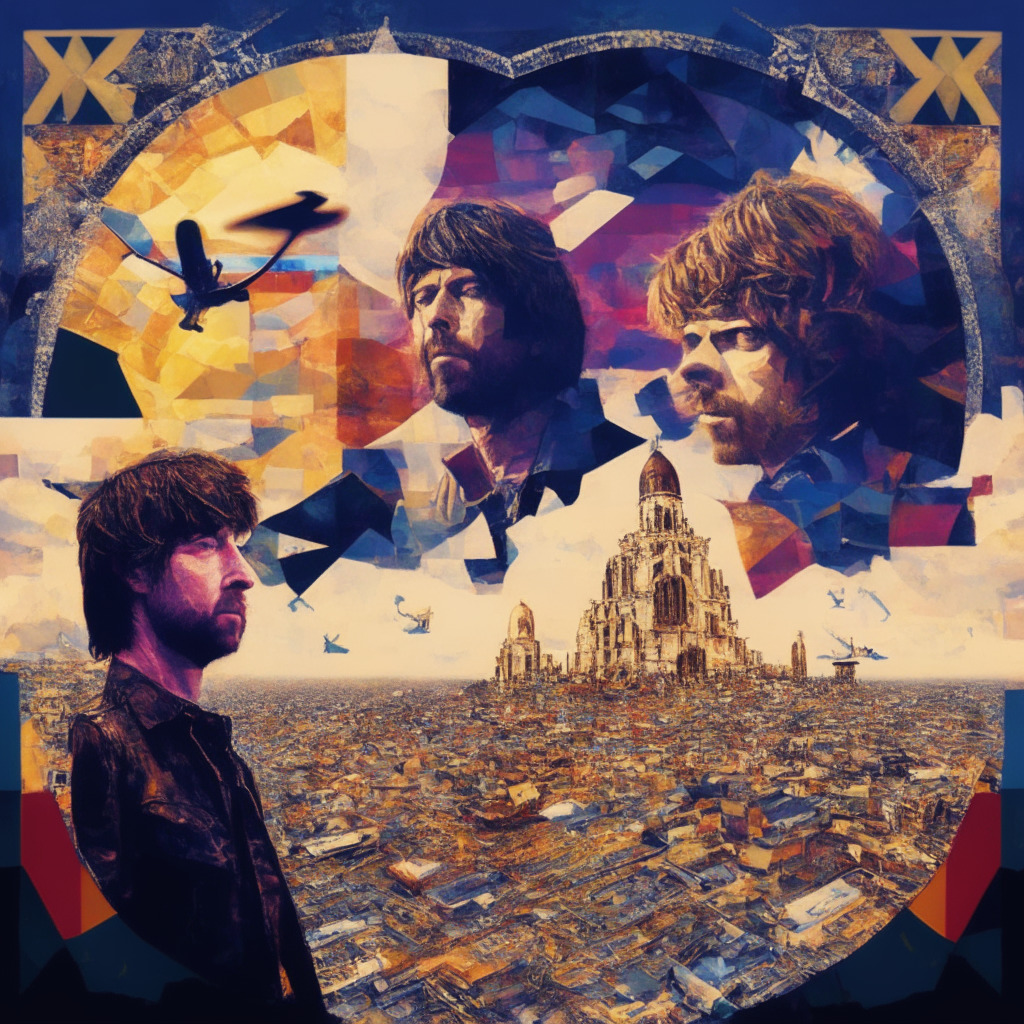The world of cryptocurrencies is witnessing rapid innovation and adaptation, as evidenced by the meteoric rise in Ordinals inscriptions on the Bitcoin (BTC) network. In just eight days, the number of Ordinals inscriptions has nearly doubled, soaring from 2.5 million to 4.78 million. Initially, the Ordinals protocol was utilized to mint non-fungible tokens (NFTs) in the form of images. However, users soon realized that they could leverage text-based inscriptions to create fungible tokens, similar to those minted via the ERC-20 token standard on the Ethereum (ETH) network.
The growing popularity of these text-based inscriptions, now known as the BRC-20 token standard, has been the primary driver behind the massive uptick in Ordinals inscriptions on the Bitcoin blockchain. According to Rafael Schultze-Kraft, the co-founder and CTO of Glassnode, text-based inscriptions have now become the most popular form of Ordinals inscription. As of May 5, there have been more than 2.8 million text-based inscriptions compared to 650k images, 1.8k videos, 347 audio, and 19k other inscriptions.
This rapid rise in Ordinals inscriptions presents both exciting opportunities and potential challenges for the cryptocurrency and blockchain technology communities. On one hand, it is a testament to the versatility and adaptability of these networks, as well as the creativity of their users. By leveraging existing protocols in novel ways, users can create new asset classes and unique use cases that were previously unimaginable. These BRC-20 tokens showcase how blockchain technology can support not only decentralized finance (DeFi) but a diverse range of applications and innovations.
On the other hand, the exponential growth in Ordinals inscriptions raises concerns about network scalability and sustainability. As more tokens are minted and transactions processed, the strain on network resources could potentially lead to slower transaction times and higher fees. Additionally, it is also important to consider the energy consumption of these networks, which has been a point of contention for many environmentalists and skeptics of blockchain technology.
Furthermore, as cryptocurrencies and blockchain networks evolve, it will be essential to ensure that the regulatory frameworks and market infrastructure can keep pace with these innovations. Policymakers and industry stakeholders must closely examine the benefits and risks associated with these new token standards and inscriptions, striking the right balance between fostering innovation and protecting consumers and investors.
In conclusion, the rapid growth in Bitcoin Ordinals inscriptions serves as a reminder of the incredible potential of cryptocurrency and blockchain technology. As users continue to innovate and leverage existing protocols in new ways, it is crucial for the broader community to stay informed and engaged in these developments. By doing so, we can help address potential issues related to scalability, sustainability, and regulation while working together to build a more inclusive, decentralized, and transparent future.
Source: Cointelegraph




